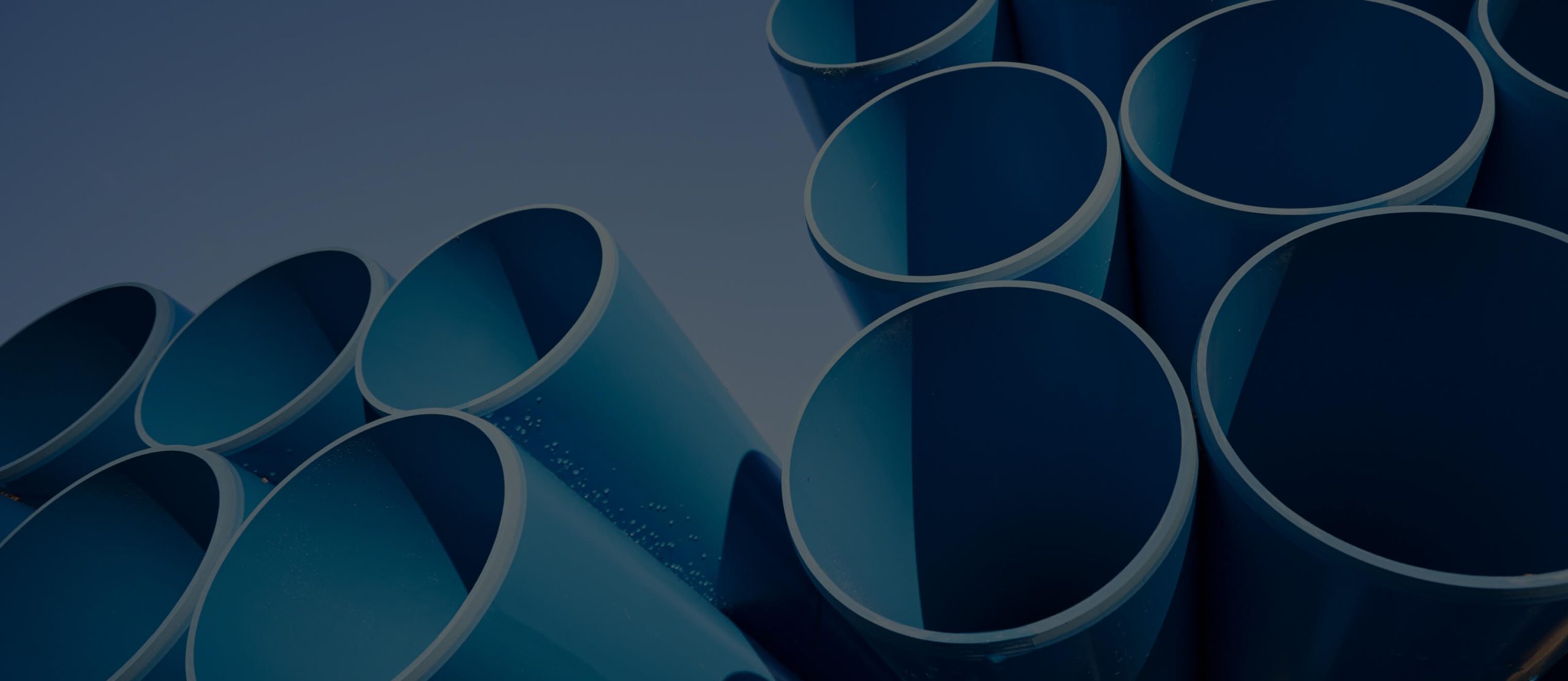Whether your plastic product is designed for domestic or industrial use, we consider multifaceted factors in the manufacturing process of the materials. Thus, to improve overall quality and strengthen the materials for your product, we offer additives that can be tailored to your design requirements and business needs.
Understanding performance additives and masterbatches
Performance additives and masterbatch are ingredients added to plastic resin during the manufacturing process for the purpose of customising physical and chemical properties to achieve the level of quality and lifespan required by the customer. These additives come in different forms and types for all kinds of purposes. Without additives, plastics are less durable and may degrade more quickly.
For instance, a greenhouse plastic cover is designed to protect vegetation inside a structure. Thus, the cover must be designed to withstand constant exposure to harsh weathering effects that can cause the plastic to degrade and become brittle over time. To address this issue, manufacturers add UV stabilisers to the plastic during manufacturing processes, which helps the cover become resistant to harmful UV radiation and dissipate it as heat.
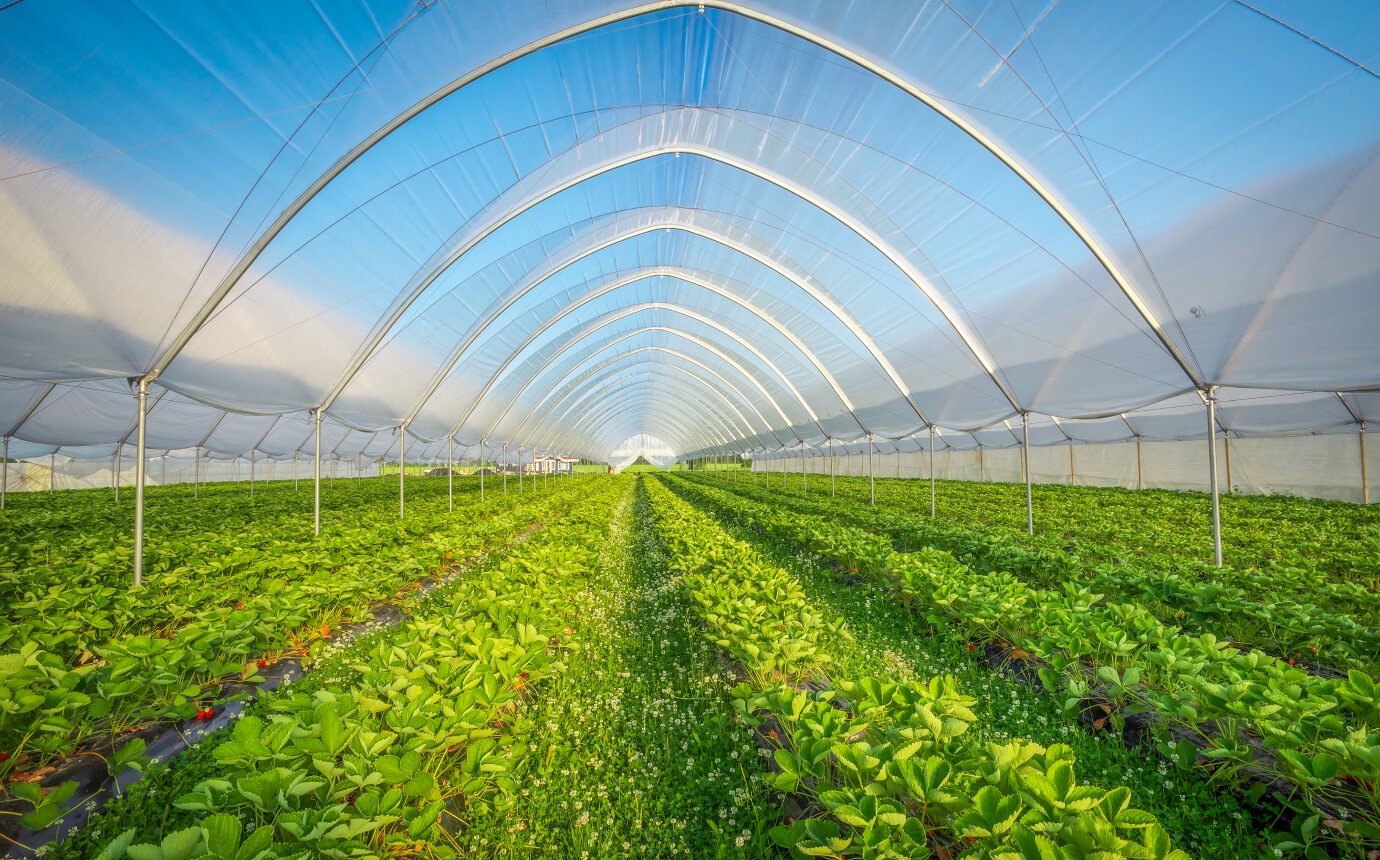
Understanding performance additives and masterbatches
Performance additives and masterbatch are ingredients added to plastic resin during the manufacturing process for the purpose of customising physical and chemical properties to achieve the level of quality and lifespan required by the customer. These additives come in different forms and types for all kinds of purposes. Without additives, plastics are less durable and may degrade more quickly.
For instance, a greenhouse plastic cover is designed to protect vegetation inside a structure. Thus, the cover must be designed to withstand constant exposure to harsh weathering effects that can cause the plastic to degrade and become brittle over time. To address this issue, manufacturers add UV stabilisers to the plastic during manufacturing processes, which helps the cover become resistant to harmful UV radiation and dissipate it as heat.
Our diverse range of additives to meet your industry-specific needs
We offer a wide range of additive masterbatches to meet the diverse needs of our clients – be it for enhancing product appearance, performance, durability, or processing of your polymers.

Plastic products are vulnerable to degradation caused by exposure to sunlight, heat, and oxygen, leading to a reduction in their physical, mechanical, and optical properties. This degradation can result in discolouration, chalking, and breakage. Even outdoor weather, such as exposure to UV radiation, can cause degradation. The effect of environmental factors, such as temperature, humidity, oxygen, and pollutants, cannot be ignored. With the use of our UV Stabiliser Additive Masterbatches, you can ensure that your plastic products remain durable and their quality is maintained for an extended period.
Additives & Modifier Benefits:
- Prevents breakage, chalking, and discolouration
- Prolongs products life exposure to outdoor weathering and UV rays
- Reduces the risk of brittleness, dullness, and fading of products.
- Enhances the appearance and performance of plastic products.
- Increases the value and marketability of plastic products.
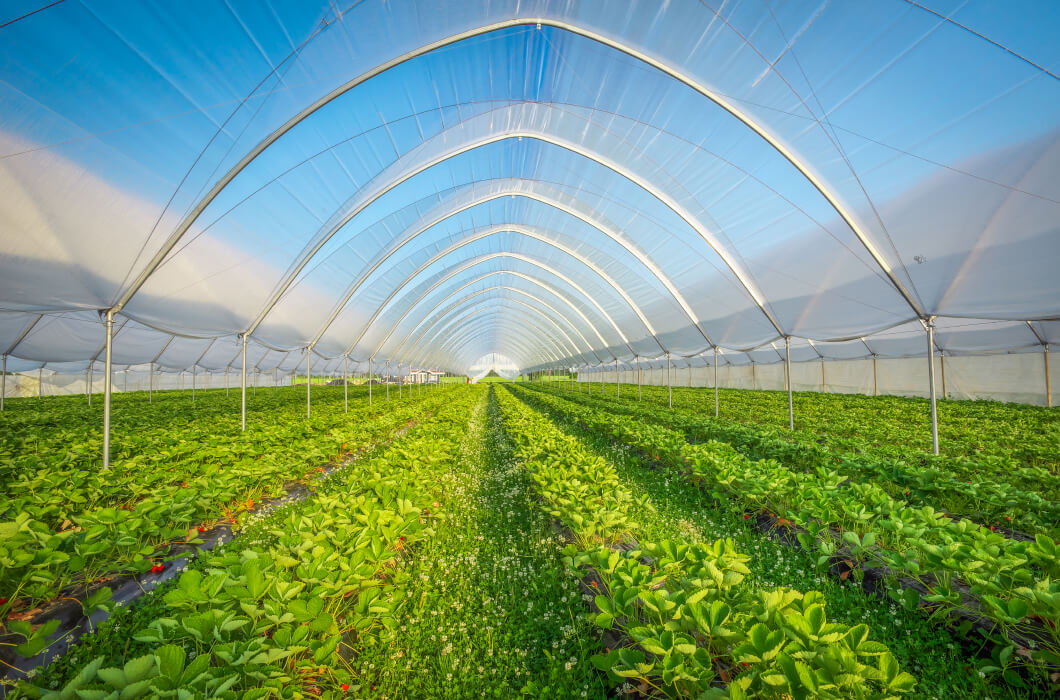
In agricultural applications, such as greenhouse and tunnel films, droplet condensation can significantly impact plant growth and productivity. The reduced light transmission caused by droplets slows down plant development, leading to decreased yields and hinders optimal growth. Additionally, the lensing effect of these droplets can create brown spots and harm the plants. Our Anti-Fog Additive Masterbatch offers reliable protection against fogging by preventing the formation of droplets on the inner surface of plastic films. This allows sunlight to penetrate unhindered, providing optimal conditions for plant growth.
Additive & Modifier Benefits:
- Effectively eliminate droplet accumulation on the surface
- Enhanced clarity and quality
- Maximised productivity in agriculture
- Extended product shelf-life
- Increased aesthetic quality
- Excellent optical properties
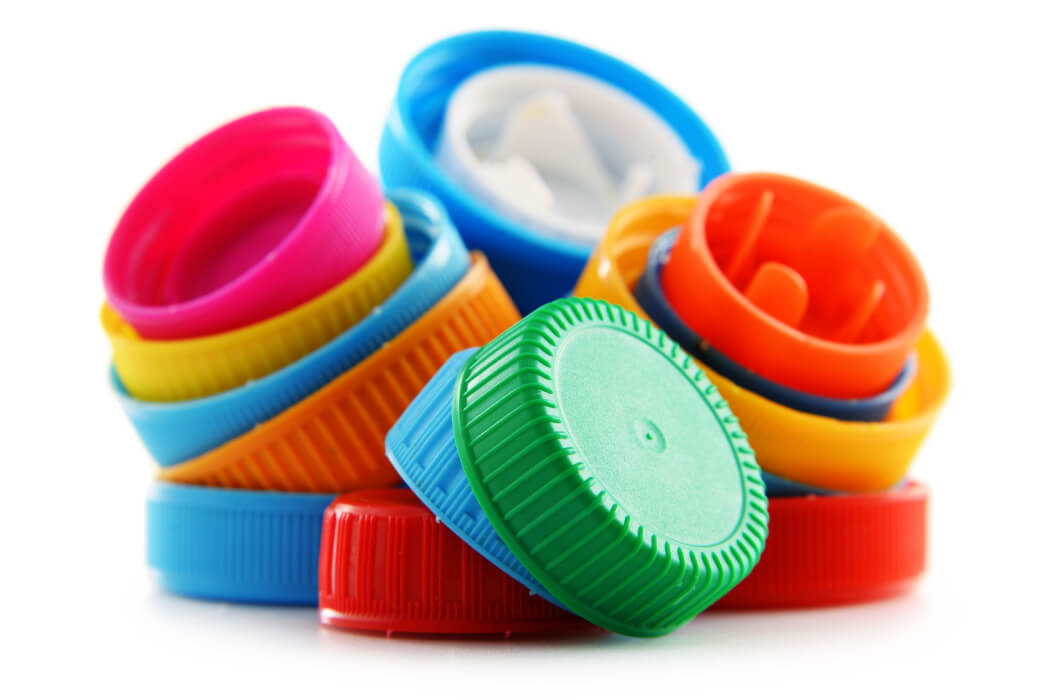
The Anti-slip Additive Masterbatch plays a crucial role in the processing of thermoplastic polymers, especially in the creation of intricate bottle caps and closures. These closures have evolved into complex products in their own right, requiring easy opening and resealing capabilities, as well as secure containment of the bottle, tub, or tube contents. Thus, we’ve formulated an additive masterbatch solution to ensure that caps and closures meet or exceed their basic expectations while simultaneously providing a highly effective seal that prevents any spills or leaks and preserves the original characteristics of the packaged product, avoiding any impact on its taste, appearance, odour, or texture.
The properties of a plastic cap or closure must strike a delicate balance, delivering the desired coefficient of friction without compromising the sensory aspects of the container’s contents. Imparting a coefficient of friction enhances the polymer’s smoothness and its overall processing. The Anti-slip Additive Masterbatch can migrate at varying rates to the polymers’ surface, allowing for easy sliding between surfaces during sealing and printing processes.
Additive & Modifier Benefits:
- Reduces tackiness of film
- Reduces film to film or film to metal stickiness
- Enhances processability of material
- Minimises coefficient of friction
- Reduces film wastage
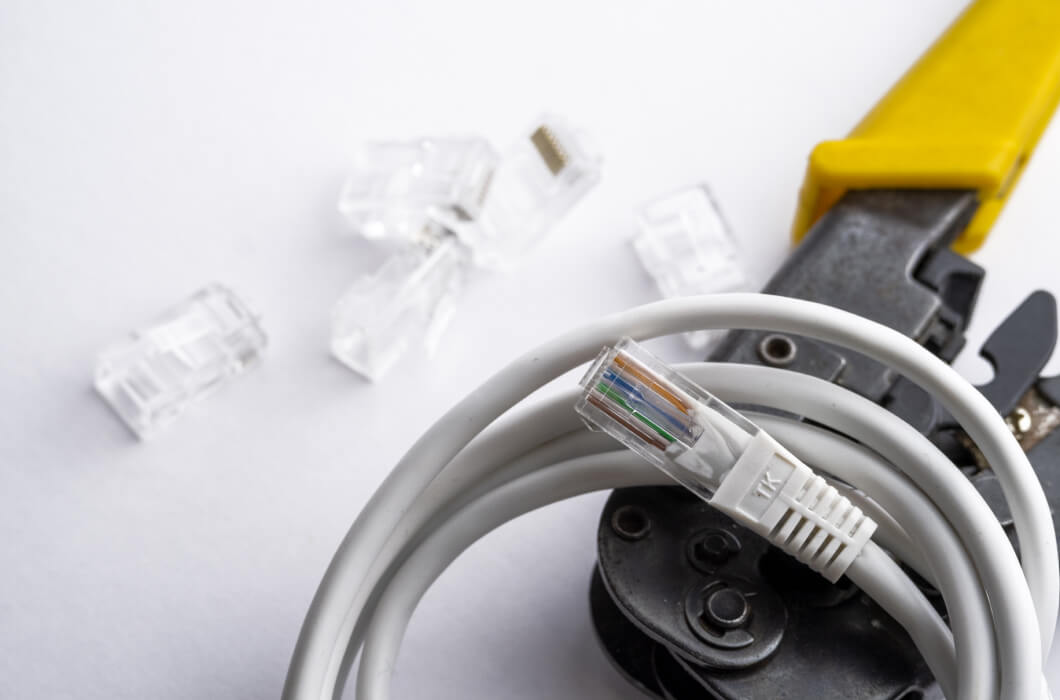
Static electricity is an electric current caused by imbalanced charges. It can attract dust, make opening bags difficult, and cause dryness that may lead to explosion risks. Polymers tend to accumulate static charges, especially in larger surface areas like films and fibres. Anti-static Additive Masterbatch reduces surface resistance significantly, preventing static charge buildup and ensuring that the end product remains free from unwanted static charge-related issues, providing a safer and more user-friendly experience for consumers.
Additive & Modifier Benefits:
- Prevents electrostatic charge on automobile interiors
- Stops dust accumulation
- Makes household products look cleaner
- Easy to maintain
- Reduces vapour droplets inside plastic packaging
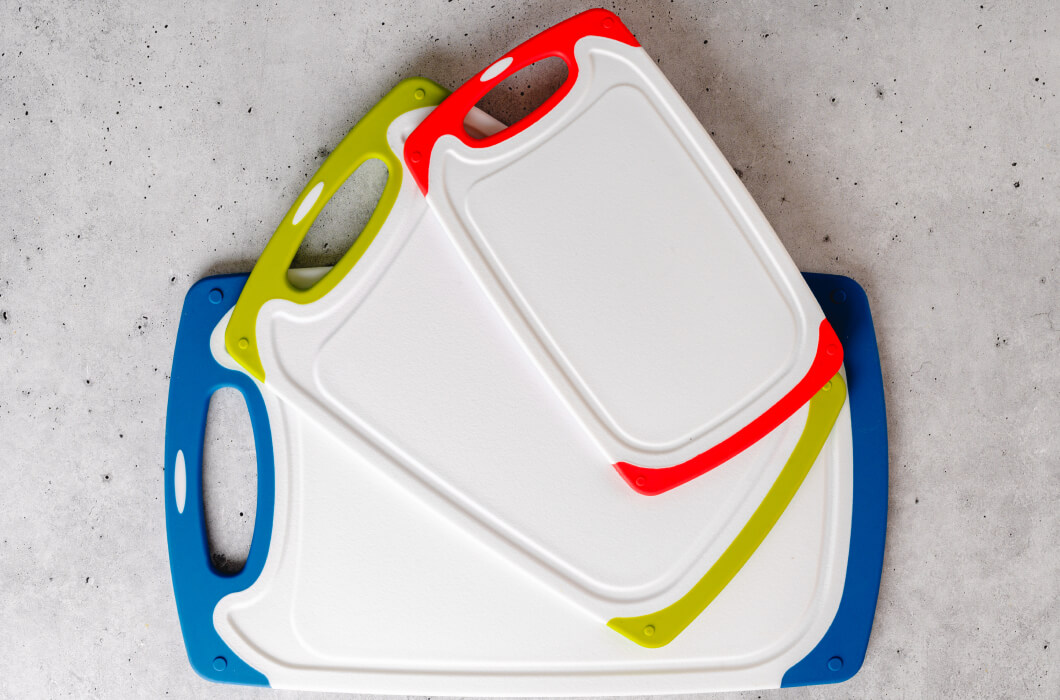
According to a study, 80% of infectious diseases start from surface contact due to widespread bacteria and fungi in our daily lives. As plastic surfaces are commonly used in most home and kitchen appliances and utility products, the risk of microbial growth is a legitimate concern especially when dealing with food and beverages. Thus, the Anti-Microbial Additive Masterbatch and Anti-Fungal Additive Masterbatch, when integrated into polymer manufacturing, effectively hinder fungus and bacteria growth by utilising nano-silver technology. These additive masterbatches are safe for food, humans, and the environment. Compatible with various polymers and processes like injection moulding, rotomoulding, extrusion, and blow moulding, they ensure hygienic plastic surfaces by inhibiting microbial growth.
Applications:
- Food packaging and food containers
- Fridge liners
- Water tank
- Garbage bags
- Wire and cable
- Textile
- Toys
- Healthcare products
- Car interior
- Gloves
- Mailer envelopes
- Door handles
- ATM screen guards
- Paper lamination for food boxes
- Cups
- Mobile phone covers
- Keyboard skins
- Non-woven bed sheets
- Pillow covers
- Airline seat covers
- Liners of household appliances
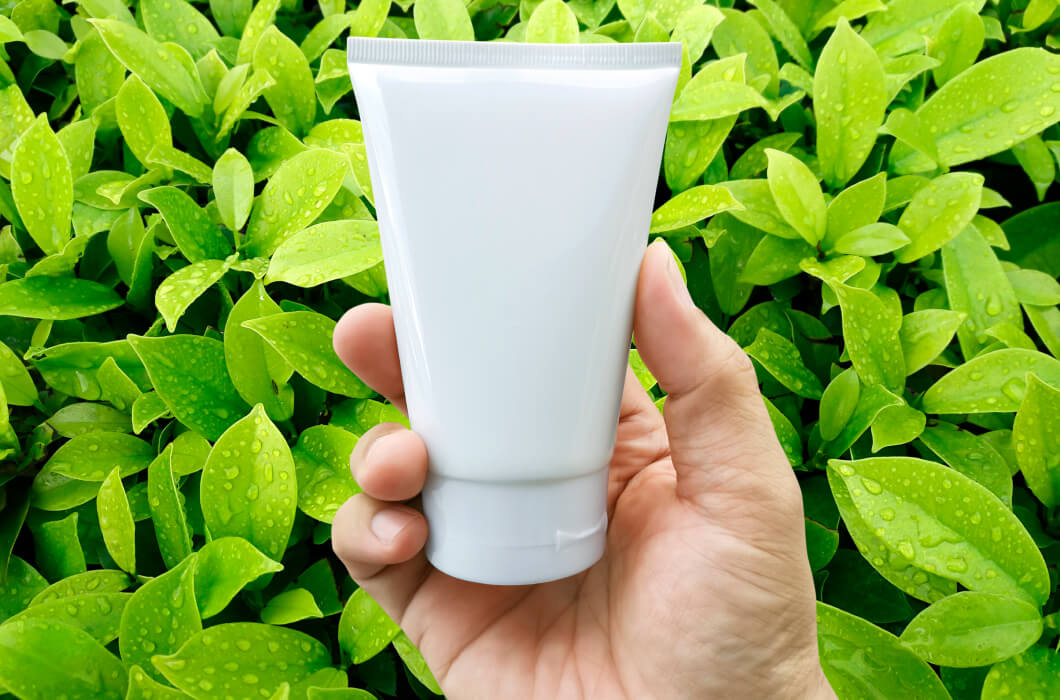
Products made from thermoplastic polymers often require an improved and dazzling white appearance. Whether colourless or white-pigmented, materials like PP, PA, and PET fibres can achieve brighter and more appealing shades by incorporating specific additives known as optical brighteners. These optical brightener masterbatches enhance whiteness and counteract the inherent yellowish tint present in many thermoplastic polymers.
Optical brighteners work by converting ultraviolet (UV) light waves into stronger blue light, reducing the amount of yellow light to create a whiter appearance. It is important to note that optical brighteners do not actually clean the polymers. Instead, they enhance the perceived whiteness and brightness, making them appear cleaner and more vibrant.
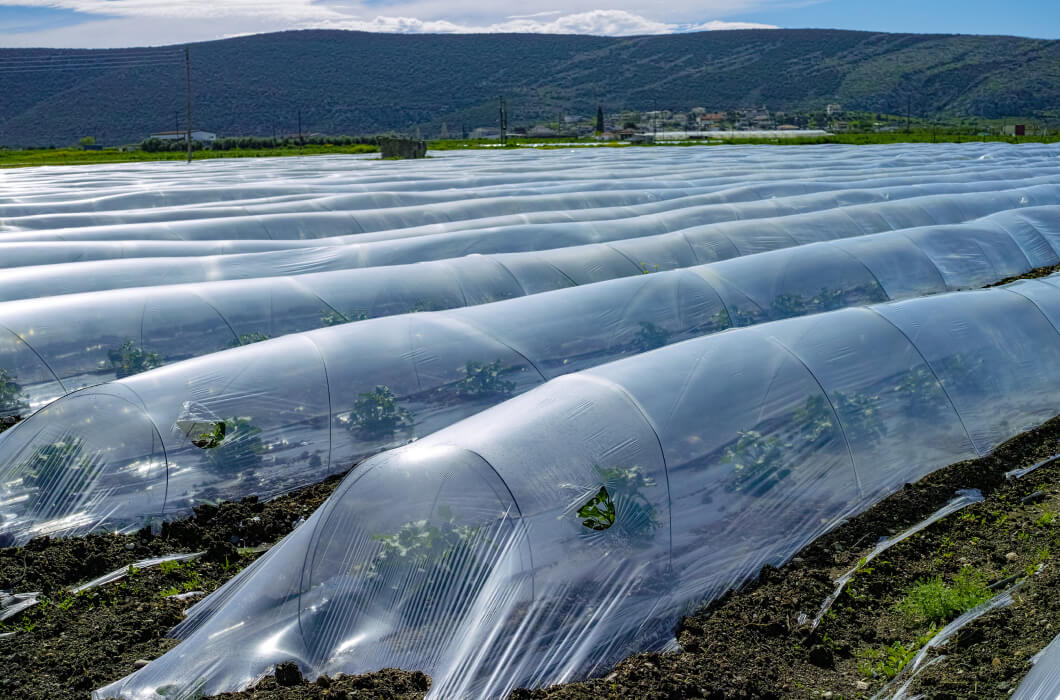
Insects possess a remarkable ability to distinguish the scents of thousands of volatile compounds. In commercial vegetable and fruit production and packaging, insects present a significant threat. To address this issue, utilising our Insect Repellent Additive Masterbatches in plastics and polymers can be highly beneficial for farmers and sellers in terms of damage reduction – which translates to increased profits.
Our Insect Repellent Additive Masterbatches consist of a unique blend of aromatic plant oils and odoriferous compounds, offering protection against insect attacks. The plant oils used in these masterbatches have been tested and proven effective against a wide range of insects, including mealybugs, scales, weevils, thrips, ants, bed bugs, cockroaches, and many more.
Additive & Modifier Benefits:
- Discourages a wide variety of insects from attacking polymers
- Long-lasting effect as odoriferous compounds evaporate at an infinitely low rate
- Ecologically safe and approved for food contact
- No migration after incorporation into polymer
- Complies with RoHS regulations

Plastics are commonly chosen as electrical insulators due to their inherent non-conductive nature. Their widespread use stems from their easy fabrication, chemical inertness, and low weight, making them ideal replacements for conventional materials. However, in instances where some level of electrical conductivity is required, modifications must be made to the polymer to enhance its conductive properties. As a result, polymers have been formulated for use in various application categories with each one offering increasing levels of conductivity. To achieve conductivity, Conductive Compound Additive Masterbatch must be incorporated in the raw materials, which contain a series of conductive compounds and concentrates such as carbon particulates.
This development provides a reliable and cost-efficient solution for producing electrically conductive plastic compounds. Polymer Link is also capable of tailoring a specific grade to suit the particular needs of your business.
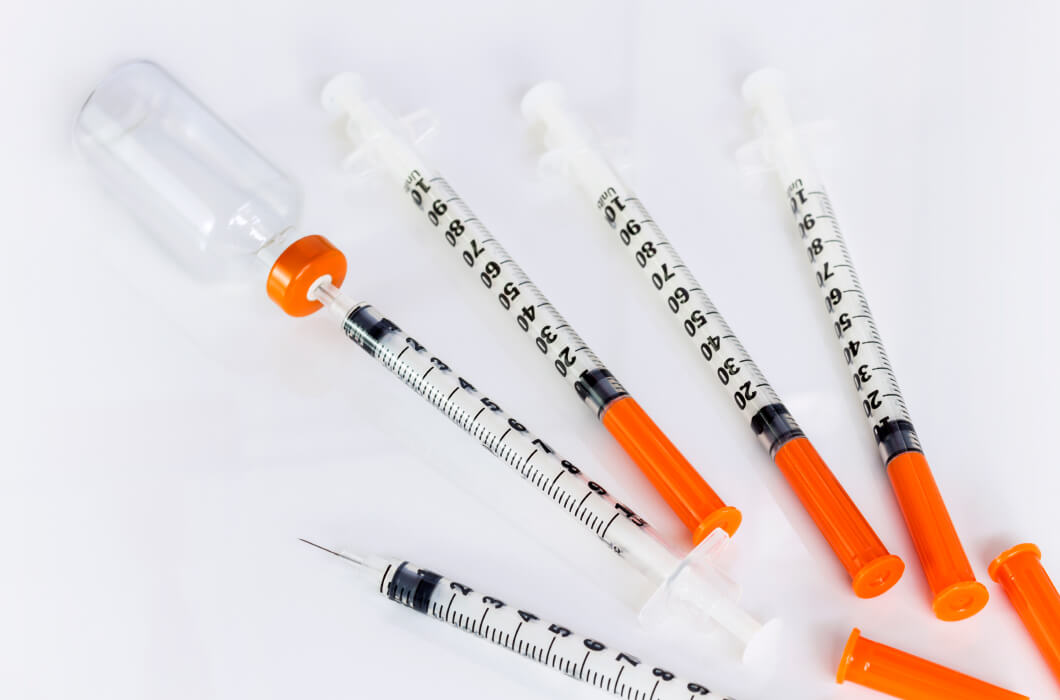
Clear PP polymers have become a popular alternative to traditional glass in many transparent applications nowadays. These polymers offer several advantages, including design flexibility, ease of processing, transparent colour effects, and cost savings. When transparency is a crucial requirement for the end application, clear plastic is the material of choice. It replaces the typical “hazy” appearance of polypropylene plastic with a stunning clear material that exhibits glass-like clarity, even in thicker parts. This transparency allows easy visibility of packed products without disturbing their original packaging, enabling plastic converters and product designers to create attractive parts and packaging that enhance product appeal, regardless of the design or manufacturing process used. For products like food items and merchandise, this visibility aids in product selection, thereby boosting customer satisfaction.
Our Clarifying Agent Additives offer a cost-effective solution with enhanced performance while utilising standard processing methods. These Clarifying Agent Additives can be processed through various methods like injection moulding, blow moulding, and extrusion. Notably, they can be processed at lower temperatures (around 220°C), leading to increased productivity and energy savings. Furthermore, the Clarifying Agent Additives significantly improves the optical properties of the end application and reduces yellowness, enhancing the overall quality of the clear plastic products.
Additive & Modifier Benefits:
- Makes hot filling bottles easier, above 80°C
- Enhances clarity of polypropylene homopolymers
- Reduces product yellowness
- Microwave-safe
- Food contact application
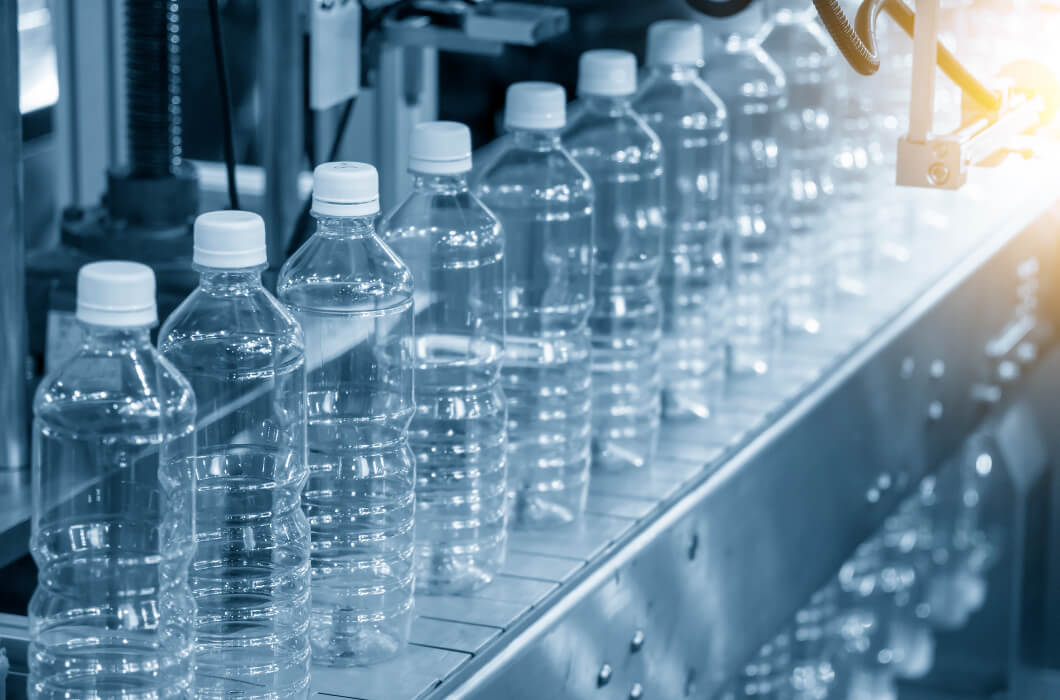
Our Calcium Carbonate Additive Masterbatch presents the ultimate cost-saving solution for plastic processors in the industry. By incorporating Calcium Carbonate Additive Masterbatch during extrusion, injection, and blow moulding processes, manufacturers can significantly reduce plastic production costs by replacing a portion of the virgin polymer. Moreover, this masterbatch offers numerous benefits, such as increased output, improved production conditions, and enhanced physical and chemical properties of the final plastic products.
Applications:
Raffia & FIBC, Lamination, Blown Film, Injection & Blow Moulding
Additive & Modifier Benefits:
- Excellent anti-fibrillation
- Reduces cost
- Enhance anti-slip properties
- Improves stiffness
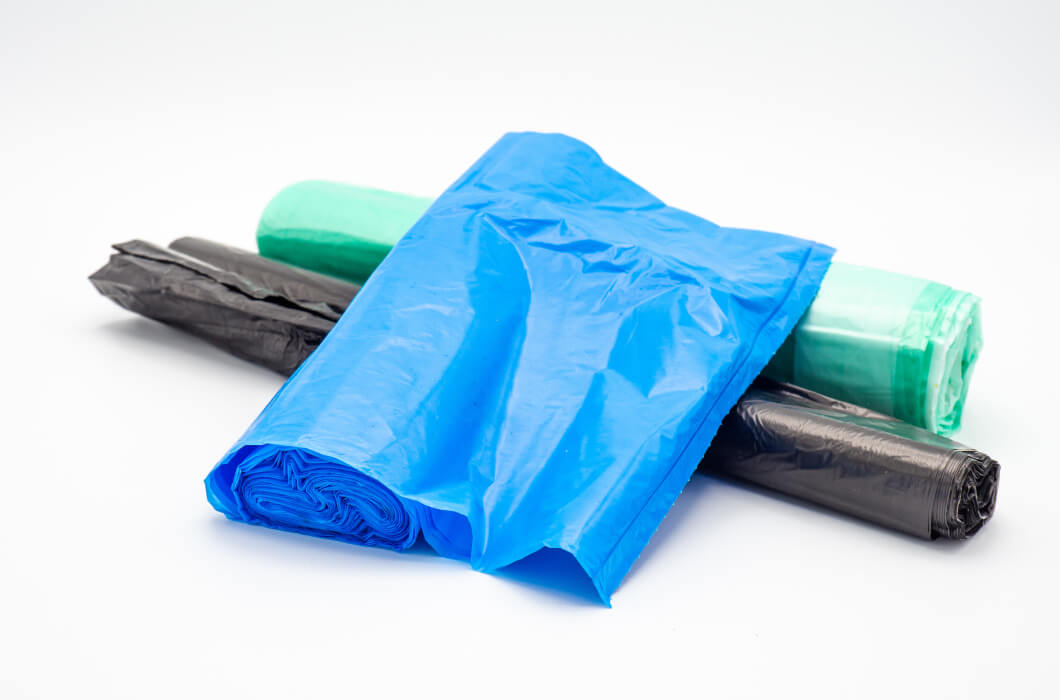
Talc-filled Additive Masterbatch offers several significant improvements in its properties. Firstly, it enhances the stiffness and rigidity of the polymer, making it stronger and more resistant to deformation. The resulting increase in strength enables the end product to withstand higher loads and stress. Additionally, the Talc-filled Additive Masterbatch improves the material’s resistance to heat, creep, and chemicals, making it suitable for challenging environments and applications. Moreover, Talc-filled Additive Masterbatch can aid polymers in exhibiting excellent dimensional stability, maintaining its shape and structure even after the moulding process.
One major advantage of using Talc-filled Additive Masterbatch is its ability to reduce sink marks in polymer end products. Sink marks occur when thicker sections of material cool and shrink more than adjacent thinner sections, causing depressions or indentations. By minimising sink marks, Talc-filled Additive Masterbatch ensures both improved appearance and functionality of moulded parts. Talc-filled Additive Masterbatch also enhances specific characteristics such as quality, purity, aspect ratio, and whiteness, leading to improved overall performance and aesthetic appeal of the polymer.
Applications:
- Food packaging
- Automotive components
- White goods
- Laptop cases
- Window profiles
- Office supplies
- Pharmaceutical containers
- Medical devices
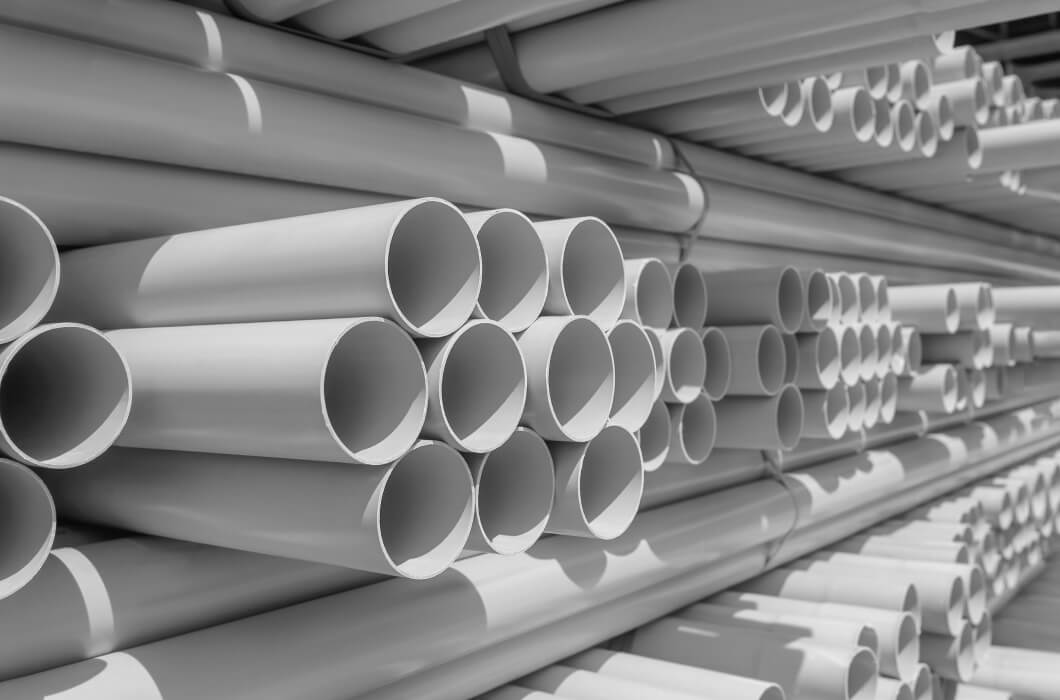
Polymers undergo degradation during manufacturing and processing due to oxidation and heat aging, leading to the formation of free radicals that break down the polymer chains. This causes plastic degradation, which leads to various issues such as loss of shine, transparency, yellowing, surface cracking, and odours, along with reduced mechanical properties.
To combat degradation, the Antioxidant Additive Masterbatch is used during manufacturing. Polymer stabilizers prevent oxidative degradation from high temperatures during processing and UV exposure during usage, preserving the plastic’s original properties.
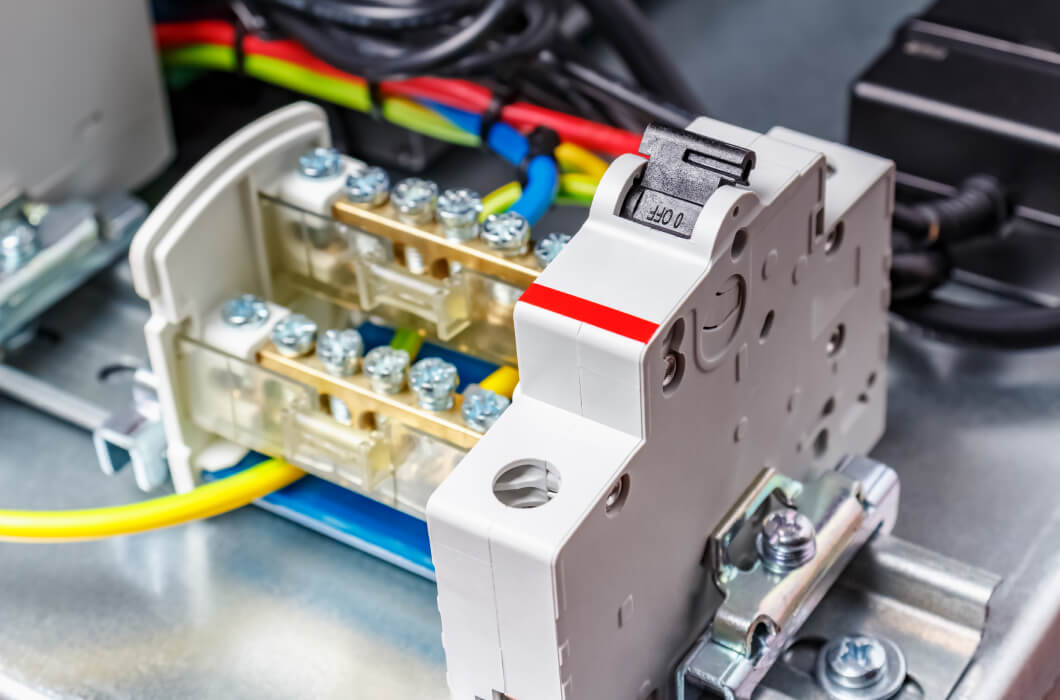
The Desiccant Additive Masterbatch addresses moisture issues, acting as a water absorber to eliminate humidity. By adding the Desiccant Additive Masterbatch, processors can effectively reduce or eliminate unwanted moisture, which can be found in various raw materials such as hygroscopic polymers, fillers, and pigments.
This specialised masterbatch is particularly effective in stripping moisture from both virgin and recycled LD, LLDPE, HM, PP, and other materials. It is compatible with blown film extrusion, injection moulding, and blow moulding processes. The application of the Desiccant Additive Masterbatch is straightforward, involving the direct and uniform mixing of the masterbatch with the damp plastic material. In doing so, it provides a comprehensive solution to address moisture-related challenges in polymer processing and ensures improved processing results.
Additive & Modifier Benefits:
- Prevents or reduces moisture
- Improves quality
- Cost-effective and economical
- Environmentally-safe and non-toxic
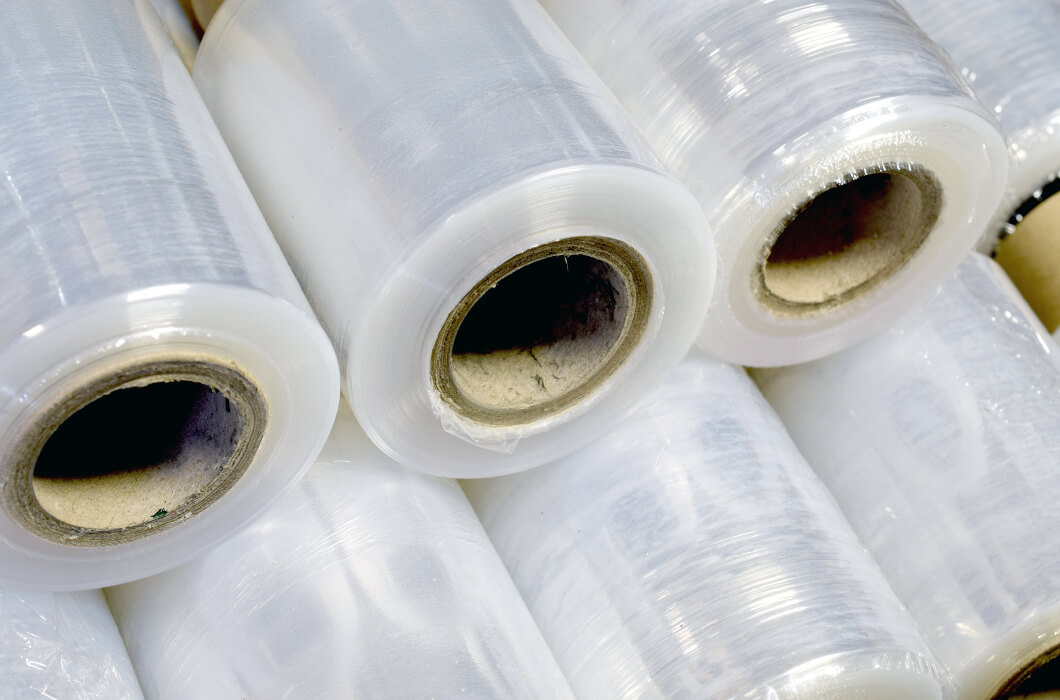
Our Cling Additive Masterbatch finds extensive applications in polyolefin stretch films, including silage stretch films and other polymer films.
In the context of high-quality stretch films, the incorporation of Cling Additive Masterbatch is crucial as it imparts clingability to the film structure. In the case of pallet stretch films, polymer film producers seek a bonding agent like our Cling Additive Masterbatch to enhance the film’s stickiness quality. This is a vital requirement as it allows the layers of stretch film to effectively bond together, creating a single wall of stretch film during application.
In the domain of food stretch films, our Cling Additive Masterbatch is widely used in various applications including packaging, labeling, and lamination. Moreover, ongoing efforts are being made to explore other potential applications, such as in recycling or anti-corrosive films.
Explore featured case studies
Enhancing GUARDIAN™ Anti-Piracy Barriers with Polymer Link’s Rotomoulded Solutions
Our experience with polymer innovation, combined with our abilities to understand the specific needs of our customers dealing with the marine environment has given us an edge in providing them with anti-piracy barriers that meet their requirements.
Let us know how we can improve your products
Our solutions can be customised to meet your specific requirements, and our team of experts can provide you with technical support and guidance throughout the entire process. Contact us today to learn more about how we can help you enhance your plastic products.
Let us know how we can improve your products
Our solutions can be customised to meet your specific requirements, and our team of experts can provide you with technical support and guidance throughout the entire process. Contact us today to learn more about how we can help you enhance your plastic products.

